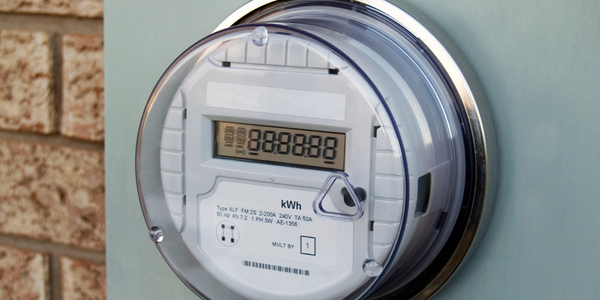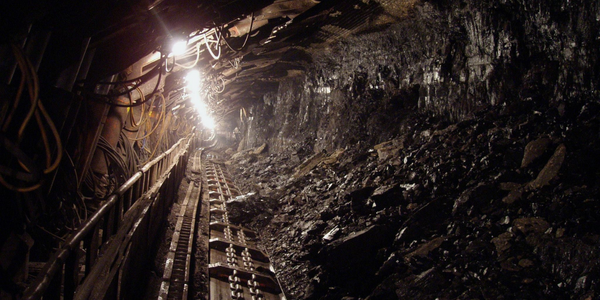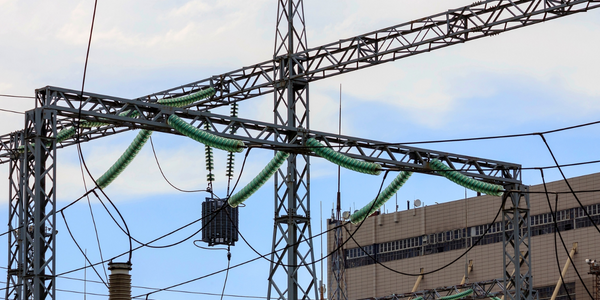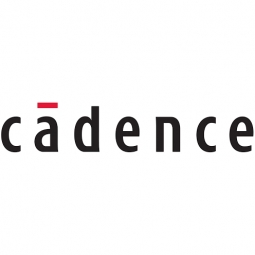Technology Category
- Application Infrastructure & Middleware - Event-Driven Application
- Processors & Edge Intelligence - System on a Chip
Applicable Industries
- Electrical Grids
- Mining
Applicable Functions
- Product Research & Development
Use Cases
- Additive Manufacturing
- Time Sensitive Networking
Services
- System Integration
- Testing & Certification
About The Customer
Uniquify is a provider of leading-edge system-on-chip (SoC) design and manufacturing, and intellectual property (IP) solutions. The company offers a broad spectrum of SoC design, and places a special emphasis on adaptive variation-aware double data rate (DDR) IP—a patented, highly differentiated technology featuring self-calibrating logic (SCL) and dynamic SCL. Founded in 2005, Uniquify is known for its “ideas2silicon™” approach, which spans from SoC planning, logic design, and design for test (DFT) to physical design and manufacturing services. Uniquify uses its own proprietary design management system, Perseus™, to drive a consistent, convergent SoC design methodology, reduce time to design, and provide advanced schedule tracking and resource management. The company supports several foundries, including TSMC, Samsung, GLOBALFOUNDRIES, and SMIC.
The Challenge
Uniquify, a leading provider of system-on-chip (SoC) design, manufacturing, and intellectual property solutions, faced the challenge of maintaining its high customer satisfaction levels and reputation by achieving 100% tapeout success. The company had set a high bar for itself in multiple application domains, including image processing, networking, digital television, DSL, mobile phones, digital cameras and displays, multimedia processing, and audio processing. To meet today’s aggressive performance, power, and cost goals, Uniquify engineers had to perform comprehensive physical design space exploration and feasibility analysis early in the design process. Given the complexity and size of today’s designs, they needed systems with the capacity to handle 100M instances and more.
The Solution
Uniquify turned to Cadence, one of its preferred EDA partners, to help meet its design challenges. The company specifically used Cadence Encounter Digital Implementation (EDI) System to maximize performance and minimize area and power for its high-performance, leading-edge designs. The EDI System supports advanced process technologies and system-in-package (SiP)/3D-IC design. Uniquify’s proprietary design management system, Perseus, drives the EDI System to give Uniquify engineers an early, accurate view of design feasibility. The engineers are equipped to progress immediately to full-scale implementation and final signoff for large-scale, complex designs—without ever leaving the solution environment. Uniquify also relies on Cadence QRC Extraction for fast, accurate 3D full-chip parasitic extraction and analysis during design and at signoff.
Operational Impact
Quantitative Benefit

Case Study missing?
Start adding your own!
Register with your work email and create a new case study profile for your business.
Related Case Studies.

Case Study
Hydro One Leads the Way In Smart Meter Development
In 2010, Ontario’s energy board mandated that time-of-use (TOU) pricing for consumers be available for all consumers on a regulated price plan. To meet this requirement, Hydro One needed to quickly deploy a smart meter and intelligent communications network solution to meet the provincial government’s requirement at a low cost. The network needed to cover Hydro One’s expansive service territory, which has a land mass twice the size of Texas, and its customers live in a mix of urban, rural, and remote areas, some places only accessible by air, rail, boat or snowmobile. Most importantly, the network needed to enable future enterprise-wide business efficiencies, modernization of distribution infrastructure and enhanced customer service. To meet these needs, Hydro One conceptualized an end-to-end solution leveraging open standards and Internet Protocols (IP) at all communication levels. The utility drew upon industry leaders like Trilliant to realize this vision.

Case Study
Underground Mining Safety
The goal was to produce a safety system to monitor and support underground mining operations; existing systems were either too simple (i.e. phone line) or overly complex and expensive, inhibiting deployment, and providing little-to-no support in event of an accident. Given the dangerous nature of the mining work environment and the strict regulations placed on the industry, the solution would have to comply with Mine Safety and Health Administration (MSHA) regulations. Yet the product needed to allow for simple deployment to truly be a groundbreaking solution - increasing miner safety and changing daily operations for the better.

Case Study
Selling more with Whirlpool
Whirlpool wanted to add connectivity to appliances and transform the company's relationship with customers. Traditionally, Whirlpool interaction with customers was limited to purchases made once every ten years. Connected washer and dryers provide exciting new features like remote management of start times and inter-machine communication.

Case Study
Mining Firm Quadruples Production, with Internet of Everything
Dundee Precious Metal’s flagship mine, in Chelopech, Bulgaria, produces a gold, copper, and silver concentrate set a goal to increase production by 30%. Dundee wanted to increase production quality and output without increasing headcount and resources, improve miner safety, and minimize cost.

Case Study
Fastenal Builds the Future of Manufacturing with MachineMetrics
Fastenal's objective was to better understand their machine downtime, utilization, quality issues, and to embrace cutting-edge manufacturing technology/process improvement capabilities to bring their team to the next level. However, there was a lack of real-time data, visualization, and actionable insights made this transition impossible.

Case Study
SAS® Analytics for IoT: Smart Grid
Companies face falling revenues, rising infrastructure costs, and increasing risk of outages caused by inconsistent energy production from renewable sources. Less money is coming in as more people and organizations take steps to curb their energy use. Utilities are paying more to maintain and build infrastructure due to increasing complexity, resulting from the rising number of intermittent and variable renewable energy sources connected in the distribution grid.







